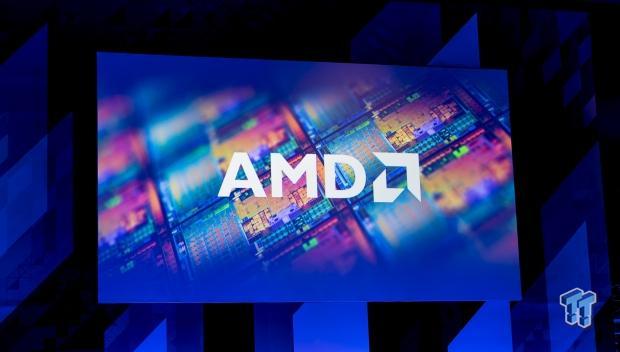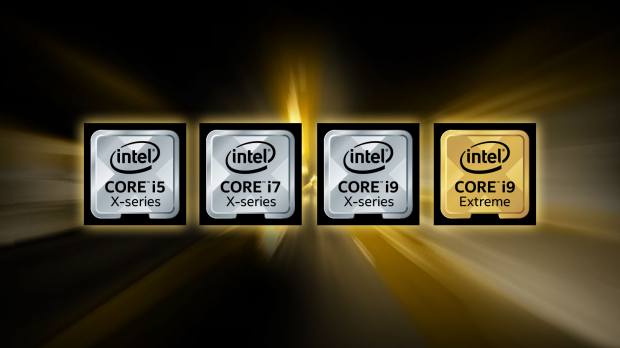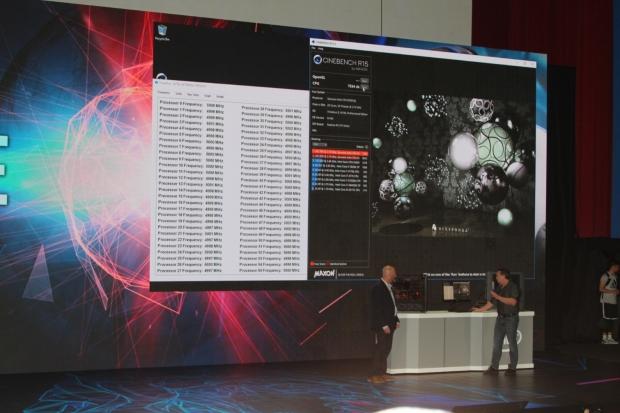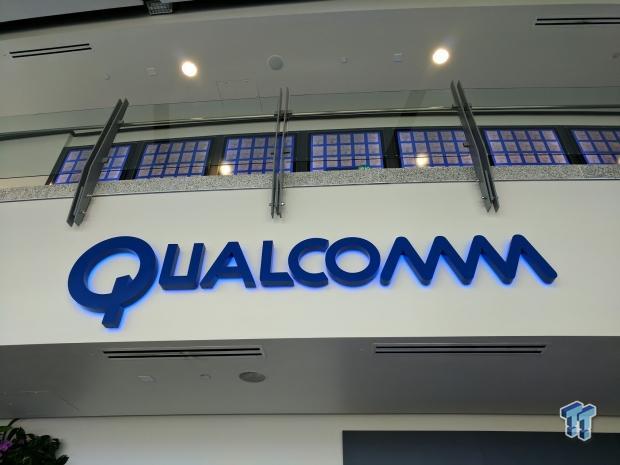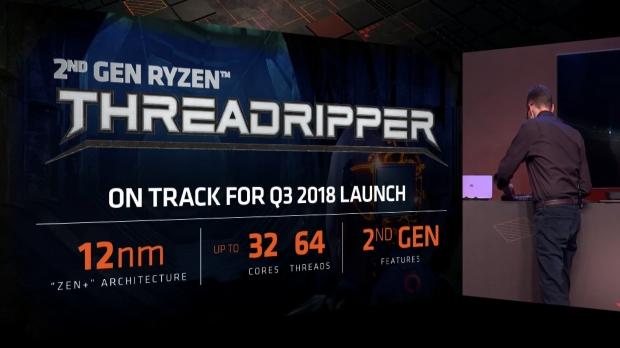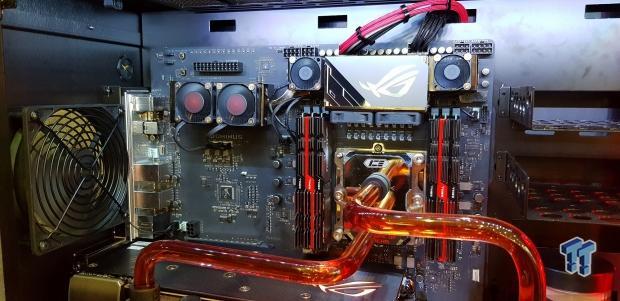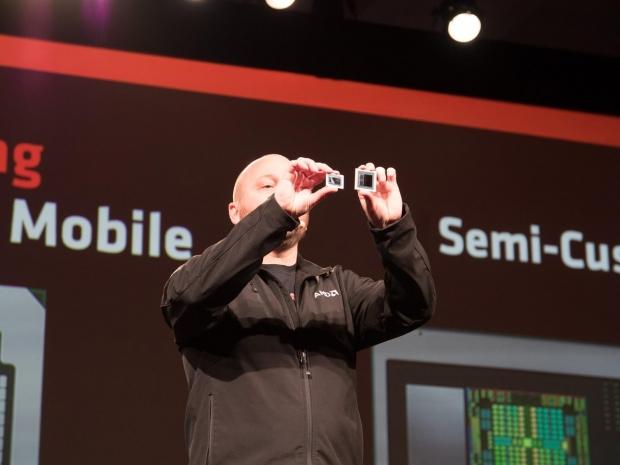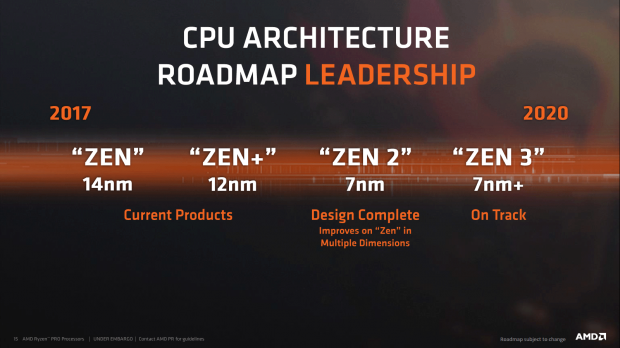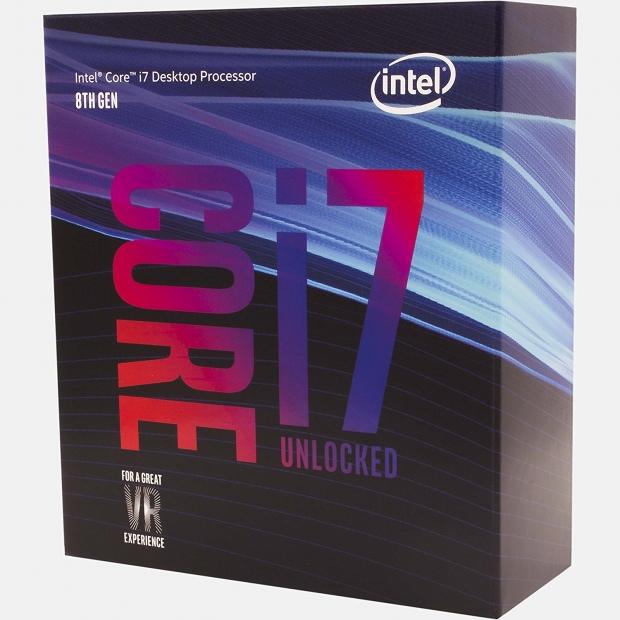CPU, APU & Chipsets - Page 142
All the latest CPU and chipset news, with everything related to Intel, AMD, ARM, and Qualcomm processors & plenty more - Page 142.
AMD Ryzen 5 2500X rumor: 4C/8T at 4GHz for less than $160
AMD has been slaying it in all areas of the CPU market with its Ryzen family of processors, but the company is working on some new budget/mid-range Ryzen CPUs that will impress.
The new second-generation Ryzen 3 2300X and Ryzen 5 2500X are reportedly on their way, both being quad-core CPUs with boost clocks of up to 4GHz, but it's their price that will impress the most.
We should expect the Ryzen 3 2300X to arrive as a 4C/4T processor with 3.5/4.0GHz base and boost clocks, and 10MB of cache, 65W TDP and $129-$139 price. The mid-range Ryzen 5 2500X would be a 4C/8T chip with 3.6/4.0GHz base and boost clocks, 18MB of cache, 65W TDP and a mouth watering price of just $149-$159.
Continue reading: AMD Ryzen 5 2500X rumor: 4C/8T at 4GHz for less than $160 (full post)
Intel working on 22C/44T LGA2066 processor for late 2018
Intel PR needs some work post-Computex after its ZOMG 28C/56T at 5GHz fiasco, but we can expect a more realistic 22C/44T processor later this year that will launch next to the Coffee Lake-S 8-core CPUs on the Z390 chipset.
The new 22C/44T processor will fall into Intel's Skylake-X family, where we can expect CPU clocks of somewhere between 2.6GHz base and 4GHz boost, with 24.75MB of L3 cache and 44 PCIe 3.0 lanes. It'll arrive on the same LGA 2066 socket and X399 chipset, which means you won't need to upgrade your motherboard to the beasty LGA 3647 that the 28C/56T processor will need on the Cascade Lake-X platform.
We should see a huge boost in TDP where the 22C/44T chip will require between 165-200W in stock form, and I'm sure much more power when it's pushed to its limits through overclocking. As for its release, we should expect sometime in Q3 2018 with a launch price of somewhere in the $2000 range.
Continue reading: Intel working on 22C/44T LGA2066 processor for late 2018 (full post)
Intel 'forgot' to say 28C/56T CPU was overclocked to 5GHz
Computex 2018 - Intel unveiled their knee jerk reaction to the news of AMD's impending Threadripper 2 announcement, which until AMD's own Computex 2018 press conference the industry thought it was going to be 24C/48T only.
But it seems Intel's announcement was beyond knee jerk and into the ridiculous, as it is now being reported that the company "forgot" to mention that their "new" 28C/56T processor was overclocked to 5GHz and most tech press thought it was a monstrous 5GHz chip... except it's not.
Our good friend Paul Alcorn from Tom's Harware is reporting that he met with Intel reps yesterday that said that "in the excitement of the moment" they "forgot" to say that the 28C/56T processor was overclocked. Intel PR seems to have all failed here, as the impression most people got was that this was a 5GHz behemoth that would crush Threadripper 2.
Continue reading: Intel 'forgot' to say 28C/56T CPU was overclocked to 5GHz (full post)
Qualcomm unveils Snapdragon 850, ready for Windows PCs
Computex 2018 - Qualcomm has announced its new Snapdragon 850 processor, a new chip that was specifically designed for Windows 10 Always Connected PCs, and has some nifty upgrades and improvements under the hood.
The new Snapdragon 850 will be exclusive to Windows 10 machine and will not be used in smartphones or tablets, even though it is a customized Snapdragon 845. We have a 30% performance improvement, 20% improved battery life, and 20% faster peak performance over the previous-gen Snapdragon 835, which is great.
It's built on the second-gen 10nm process, the same node that the Snapdragon 845 was made on, with the same X20 modem for LTE connectivity. Qualcomm has performed both hardware and software tuning to the Snapdragon 850 so that it will perform PC tasks better than the current Snapdragon 845.
Continue reading: Qualcomm unveils Snapdragon 850, ready for Windows PCs (full post)
AMD's next-gen Threadripper: 32C/64T on 12nm, due in Q3 2018
Computex 2018 - AMD has just announced its new second-gen Threadripper CPU, and it is truly a monster that just so happens to be right around the corner.
The new Threadripper arrives on the same socket as the original Threadripper, but doubles the core count to 32C/64T for some extreme megatasking. AMD is using the new 12nm node with the Zen+ architecture on the second-gen Threadripper, which beats out Intel's just-announced 28C/56T processor.
AMD's new Threadripper will be coming in 24C/48T and 32C/64T with the company showing off the new CPUs on air cooling here at Computex, which is very impressive. The new Threadripper CPUs will be launching in Q3 2018, so we don't have long to wait at all.
Continue reading: AMD's next-gen Threadripper: 32C/64T on 12nm, due in Q3 2018 (full post)
RIP Threadripper: Intel teases 28C/56T CPU at 5GHz
Computex 2018 - Intel officially teased their new beast today at Computex 2018, with their new Cascade Lake-X HEDT processor coming 'at the end of this year'.
Intel's new beast is a huge 28C/56T processor that will compete with Threadripper 2 later this year from AMD, and ASUS was showing it off smashing through some amazing Cinebench results. During the Intel keynote, a GIGABYTE motherboard was used to run it at 5GHz. Intel said that this particular 28C/56T processor will be running at 5GHz, which is absolutely incredible.
Threadripper can't get close to 5GHz right now, so if Intel can get to the market with 28C/56T at 5GHz then AMD is going to be in for a bad time before Threadripper 2 is even unveiled. Wow, Intel... wow.
Continue reading: RIP Threadripper: Intel teases 28C/56T CPU at 5GHz (full post)
AMD Fenghuang 15FF: faster than RX Vega M GH, rocks 2GB HBM2
Computex 2018 - AMD is pushing for a strong Computex this year, with an exciting unveiling of Vega 20 on 7nm with 32GB of HBM2, but also their new project: Fenghuang 15FF, a new graphics chip for APUs,
Fenghuang 15FF is the internal codename for the graphics chip, with the current codename of DG02SRTBP4MFA applied. This chip should be part of the Zen+ APU family with 4C/8T of CPU power, 3GHz clock speed, and 2GB of HBM2 clocked at 1200MHz (2.4GHz effective).
AMD's new chip sports 28 CUs and 1792 SPs (up from 24 CUs and 1536 SPs on Vega 24) while there's 2GB of HBM2 at 2.4Gbps offering 307.2GB/sec memory bandwidth, which is up from the 1.6Gbps and 204.8GB/sec offered on Vega 24.
Continue reading: AMD Fenghuang 15FF: faster than RX Vega M GH, rocks 2GB HBM2 (full post)
AMD Ryzen 3700/3800X: 12C/24T and 16C/32T in 2019 on AM4
AMD really raised the bar with multi-core processors with the successful launches of Ryzen and Threadripper, and while Intel sales are barely affected by it, it shouldn't stop AMD from continuing to push out new generations of these CPUs with many more cores.
The latest rumor is from WCCFTech so please take it with a grain of salt, that AMD will making the AM4 socket detect CPUs with greater than 8 cores, ushering in support for possibly 12- and 16-core CPUs. WCCFTech adds "according to private conversations we've had with incredibly knowledgeable people in the industry the actual core count figure might be closer to 12 cores" and not the 16C/32T that we're hearing with the latest rumors.
Ryzen 7 3700/X or Ryzen 7 3800/X with 12C/24T at over 4GHz would be quite the chip, quite the chip indeed. Having that type of power at the top of the Ryzen 7 mainstream lineup opens the flood gates to Threadripper ramping up to 20C/40T, 24C/48T, and even 32C/64T which will meet EPYC. EPYC can be opened up further with next-gen nodes and Zen architectures, where we will see beyond 32C/64T which will be very impressive, time will tell though.
Continue reading: AMD Ryzen 3700/3800X: 12C/24T and 16C/32T in 2019 on AM4 (full post)
Intel's new Coffee Lake-based 8C/16T chip spotted again
It looks like Intel is set for a huge Computex this year with the launch of their beefed up Z390 chipset, but the tease of a new 8C/16T variant of its Coffee Lake CPU, a new processor that would succeed the already kick ass Core i7-8700K.
The Core i7-8700K is a 6C/12T gaming beast in its own right, but Intel will want to crush the 8C/16T space that AMD is shifting on with the Ryzen 7 2700. There's been a new listing on SiSoft's benchmark database, with the unnamed chip running at 2.6GHz with 8 cores in tow.
We should expect Intel to announce the new 8C/16T processor that should arrive during Computex, but there's one thing I'm concerned over: could Intel lock the new 8C/16T chip to only work on the new Z390 chipset? Or will they open up support for the new CFL processor on their other chipsets, too?
Continue reading: Intel's new Coffee Lake-based 8C/16T chip spotted again (full post)
Intel Z390 chipset: Wi-Fi AC, Bluetooth 5.0, USB 3.1 Gen 2
Intel is very close to the launch of its new Z390 chipset that has been rumored since last year, and will succeed the current Z370 chipset while keeping most of its features and expanding on some.
Intel is building Wireless-AC 802.11 AC and Bluetooth 5.0 into their new Z390 chipset, while also adding in 6 x USB 3.1 Gen 2 ports. Motherboard manufacturers might offer this connectivity on their Z370-based motherboards, but they rely on third-party controllers which increase the BOM of a motherboard.
Intel has rolled these features into the Z390 chipset, which is a win-win for Intel and motherboard partners. Until now, the Z370 featured integrated USB 3.1 Gen 1 and Thunderbolt 3 (Alpine Ridge) connectivity, while Z390 adds the integrated Wireless-AC and BT 5.0 controllers, as well as an integrated SDXC 3.0 controller and updated Thunderbolt 3.0 (Titan Ridge) with DP 1.4 connectivity.
Continue reading: Intel Z390 chipset: Wi-Fi AC, Bluetooth 5.0, USB 3.1 Gen 2 (full post)


